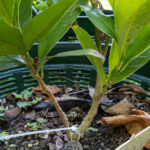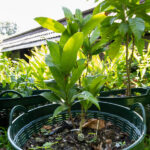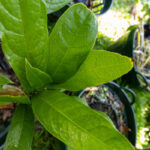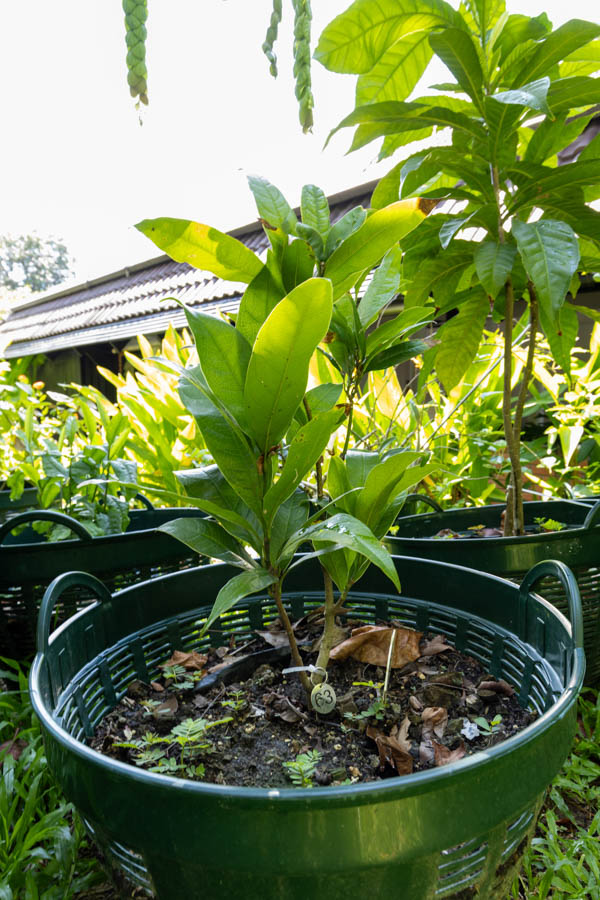ตีนเป็ด (Teen Ped) / Devil’s Tree
Family: Apocynaceae
Alstonia scholaris, known in Thailand as ตีนเป็ด or “Devil’s Tree,” is a tall evergreen species native to tropical Asia. It holds a respected place in traditional Thai and Ayurvedic medicine, valued for its ability to relieve respiratory conditions and balance the body’s heat and energy.
Botanical Characteristics
This medium to large tree can reach 20–25 meters in height. It has smooth, greyish bark that exudes a milky latex when cut. The leaves are glossy, elliptical, and arranged in whorls of 4–8 at the stem nodes. The small white-green flowers appear in clusters and are mildly fragrant.
Use in Thai Traditional Medicine
In Thai medicine, the bark of ตีนเป็ด is used to treat fever, malaria, coughs, and chronic respiratory ailments. The decoction is considered a tonic for strengthening the lungs and reducing inflammation. It also helps alleviate heat in the body and is used for detoxification in some traditional preparations.
Medicinal Compounds
The bark contains alkaloids such as echitamine, alstonine, and scholaricine, known for their anti-inflammatory and antimalarial properties. Extracts of the plant have shown potential in modern research for immune regulation and antimicrobial effects.
Cultural Notes
Though its flowers are known for their strong nighttime fragrance, the tree has symbolic and spiritual importance in Thai culture, often planted near temples and schools for shade and protection. Despite its nickname “Devil’s Tree,” it is traditionally viewed as auspicious.
Cultivation Notes
Alstonia scholaris thrives in full sun and well-drained soil. It is a fast-growing tree that requires minimal care once established. The latex is mildly toxic and should be handled with care.
Disclaimer: This information is provided for educational and historical purposes only. It is not intended as medical advice. Always consult a qualified healthcare professional before using any herbal preparation.




